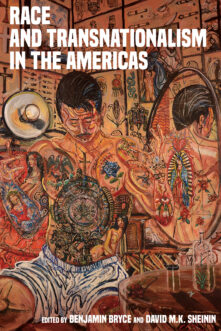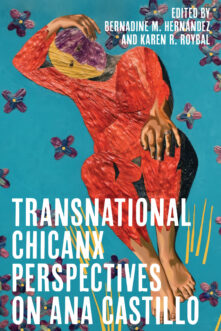Books
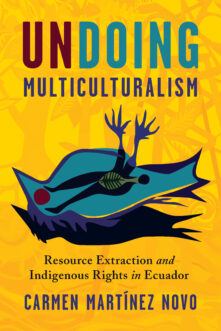
Undoing Multiculturalism
Resource Extraction and Indigenous Rights in Ecuador
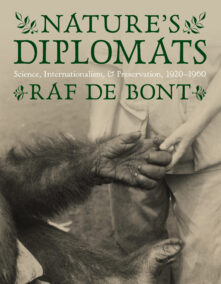
Nature’s Diplomats
Science, Internationalism, and Preservation, 1920-1960
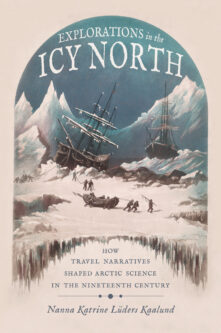
Explorations in the Icy North
How Travel Narratives Shaped Arctic Science in the Nineteenth Century
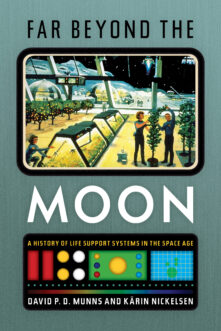
Far Beyond the Moon
A History of Life Support Systems in the Space Age

Echo’s Chambers
Architecture and the Idea of Acoustic Space
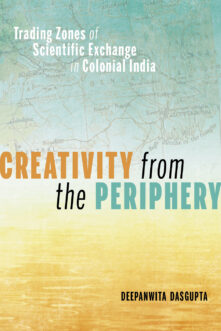
Creativity from the Periphery
Trading Zones of Scientific Exchange in Colonial India
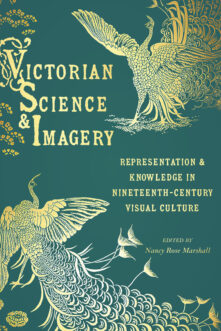
Victorian Science and Imagery
Representation and Knowledge in Nineteenth-Century Visual Culture
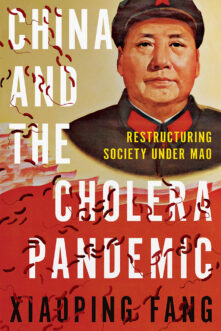
China and the Cholera Pandemic
Restructuring Society under Mao
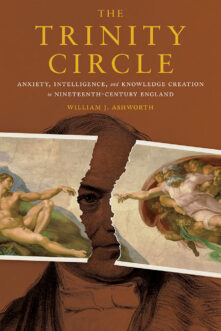
The Trinity Circle
Anxiety, Intelligence, and Knowledge Creation in Nineteenth-Century England
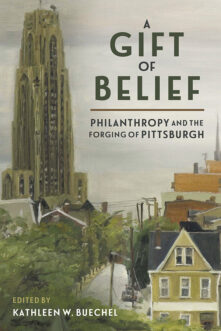
A Gift of Belief
Philanthropy and the Forging of Pittsburgh
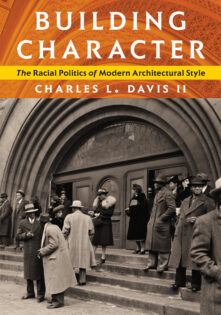
Building Character
The Racial Politics of Modern Architectural Style
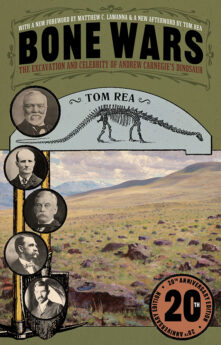
Bone Wars
The Excavation and Celebrity of Andrew Carnegie's Dinosaur, Twentieth Anniversary Edition
Total 1551 results found.


